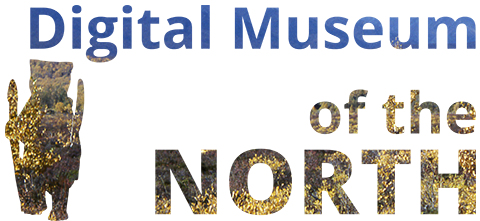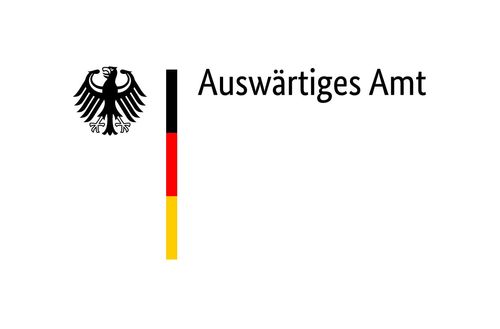Musée d‘ethnographie de l‘Université de Bordeaux
Vladimir Laptander and Anastasia Lapsui talk about the drill
"The drill you see here is called naparja, though some also call it parja. My father called the whole tool naparja, and only the iron awl (the drill tip) parja. The drill consists of two parts. Another part is the bow (ngynda). Both parts are connected by a leather strap." (Vadim Laptander)
"The awl must be well sharpened. A sled maker uses it to make holes in the poles for the sled. Especially reindeer herders need to have a larger drill, where the awl is not as narrow as this one. I am a woman and do not know much about men’s work. Among the Nenets, men do these tasks, while women are more knowledgeable in their own areas of work. But for men, this is a very important tool, because without such a drill they could not do woodworking.
Originally, the drill tips were made from the hollow bones of animals, either wild reindeer or moose. When the Russians started trading with the Nenets, metal objects like axes and chisels appeared. From that moment on, the Nenets began forging the metal drill tips from iron. First, you press the drill into the wood so that the tip is embedded. Then you can start drilling with a twisting motion." (Anastasia Lapsui)
(Video in preparation)
Recorded by Roza Laptander, 2024.



